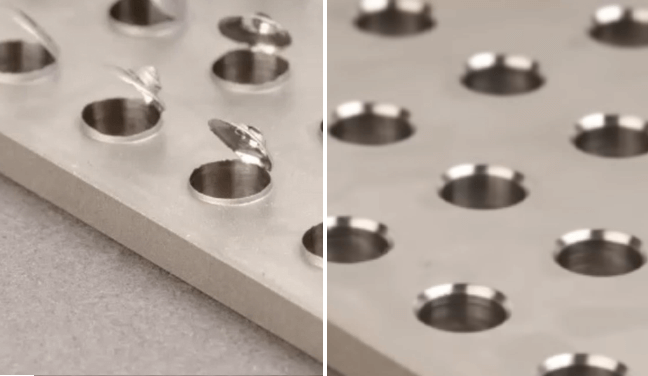The history of flag making begins with small guild shops. These would have included tailors, upholsterers and other specialists in the craft of sewing. Mass production and the Industrial revolution changed this approach. They replaced the individual with machines.
Nineteenth Century Flags
While hand sewing was common in the early 19th century, a change was on its way. This slower method was about to be replaced by one that increased the ability of the individual to produce a flag. The source of this change was the invention of the sewing machine.
Although invented in the 1804s, the sewing machine was not common. It did not begin to make its appearance in homes until the 1870s. This sped up the process of homework, including the making of flags. Sewing machines also made it possible for factories to increase their output. Not only could they have operators do the work on machines installed in the factory, they could also send them home to do piecemeal work.
While sewing remained part of specialty work, and hand dying was common until the development of chemical dyes, sewing machines began to take over the mass production of flags. Larger machines replaced smaller ones as technology developed newer and fast methods to increase the volume of production.
Twentieth Century Production: Custom Printed Flags
The 20th and 21st centuries have resulted in a revolutionary approach to flag making. Mass production of flags can work alongside specialty work. Custom printed flags has emerged as part of a larger industry. Some major flag manufacturers handle both aspects of the trade. Others stick to one or the other.
The basic methods of producing custom printed flags are:
- Screen Print: performed by hand or machine. The flags are bright and vibrant but the process does not handle complex designs. If the need is for mass produced bright simple flags, this method is the most cost-effective
- Heat Transferring: A special form of heat transferring. The designs are high quality. The process easily handles complex designs including photos. Is not recommended for large quantities.
- Digital Print: Uses a digital imaging printing machine. Handles complex designs as well as photos. The result is both clear and sharp. It is generally applied for small and not large production runs
Over the years, the process of producing flags has changed drastically. Technological discoveries have turned it from a handicraft shop into a manufacturing enterprise. Along the way, hand sewed flags have been largely replaced by custom printed flags. The results have been variable but the new systems of production have guaranteed greater availability of flags of all kinds to the public.


